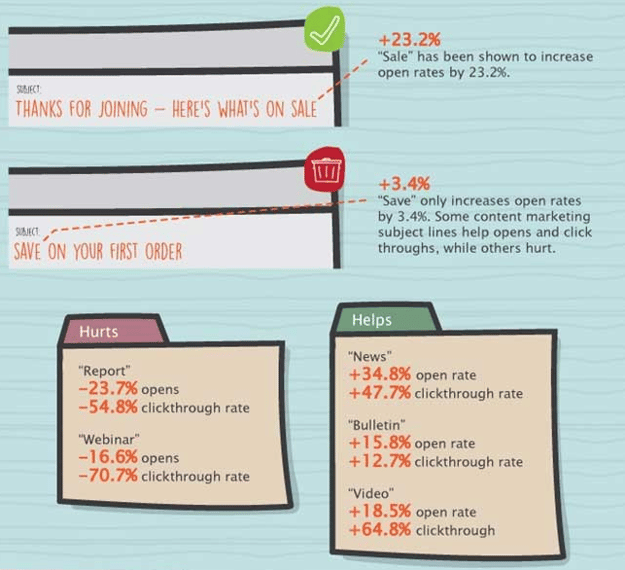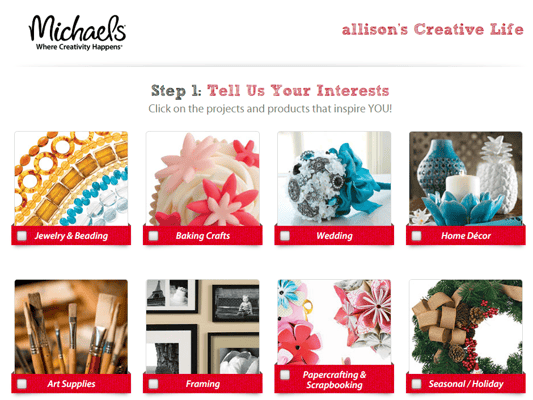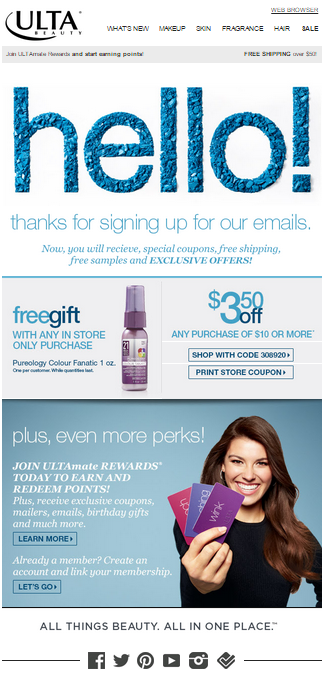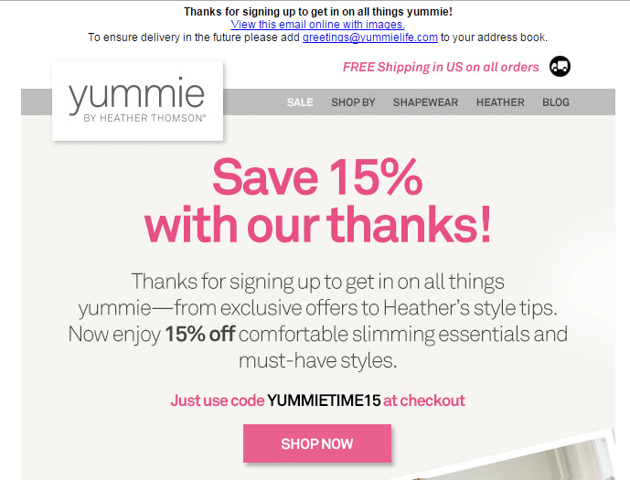5 Ways to Optimize Welcome Emails

You never get a second chance to make a first impression, which is why it is important for retailers to make sure their "welcome" email campaigns are optimized to provide new subscribers with a positive and memorable experience.
This initial message sets the tone for the rest of the email communications the brand will have with the customer, and a lackluster welcome message will make consumers hesitate to open future emails from the brand - especially if their inbox is already flooded with promotional messages (which is often the case).
To make sure you are starting your email relationship off on the right digital foot, check out these five tips for optimizing welcome email campaigns below:
1. Say thank you.
Merchants looking to foster a meaningful relationship with new subscribers should first thank these customers for showing interest in their brand. One of the best ways to do this is by offering a promotion. Not only does this show appreciation for customers, but it also makes the customer more likely to make a conversion - even if they weren't planning to. In fact, data shows that welcome emails typically result in 320 percent more revenue per email than other promotional emails.

2. Test subject lines.
Every merchant's audience will respond differently to subject lines, which is why it's important for merchants to constantly test to see which subject lines perform the best for their specific audience.
An infographic from Easy SMTP, for instance, reveals that welcome emails that include the word "sale" in the subject line see an average open-rate increase of 23.2 percent, while subject lines with the word "save" only increase open rates by 3.4 percent. Additionally, the infographic shed light on other terms that can help or hurt open rates (see image below), but merchants can also leverage subject line testing tools to forecast how their messages will perform before hitting send.

3. Be personal.
Take personalization initiatives past being on a first-name basis. When possible, merchants should try to segment their subscribers and deliver personalized content that will resonate with consumers - even in welcome messages.
In fact, Experian data shows that personalized promotional mails have a 29 percent higher unique open rate and 41 percent higher unique click rate than nonpersonalized mail. What's more, the data shows that personalized triggered mails have similar lifts, including a 25 percent higher unique open rate and a 51 percent higher unique click rate.
It is important to note, however, that retailers who have not yet been able to collect personal information from their subscribers can try to do so with the welcome email. Art supplies retailer Michaels, for instance, includes a "pick your email preferences" call-to-action (CTA) at the bottom of its welcome email message. When clicked on, subscribers can become a member on the retailer's website, update their profile and choose their interests in order to receive more relevant marketing promotions.

4. Set expectations.
It is always a good idea to let subscribers know what they are getting into when signing up for a brand's email list, and the welcome message is the perfect place for merchants to outline this information.
Take Ulta for example. The beauty retailer's welcome message not only thanks new subscribers for signing up and offers a promotional coupon, but also tells subscribers what they can expect to see in future messages from the company - special coupons, free shipping, fre samples and exclusive offers.

5. Ask to be whitelisted.
To avoid future messages landing in the spam folder merchants should avoid using "noreply" email addresses. Additionally, the welcome email is a great time to ask subscribers to add the merchant's email address to their personal address book, similar to how Yummie does in its welcome message (see image below).
While this request does not need to be the focal point of the welcome message, it can make a big impact on the merchant's future deliverability rates. It is also important to note why subscribers should add the merchant's email to their address book (to ensure deliverability), as many consumers won't know why the merchant is making the request without context.










